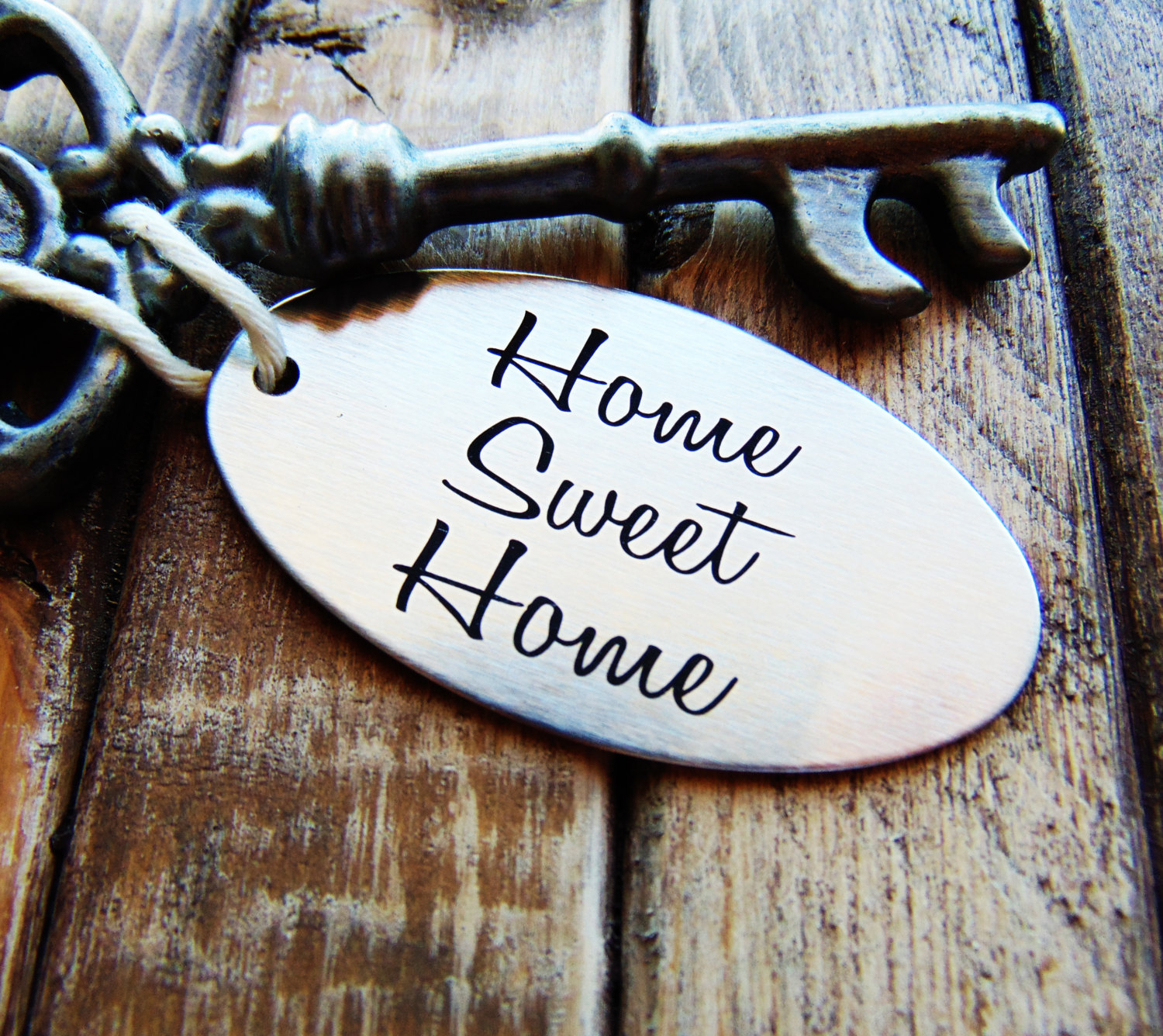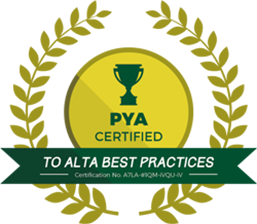
Purchasing a house can be a stressful process filled with check-lists, walk-throughs, appraisals and the like, all designed to ensure this is a “safe and sound” home for you and your family. But once you’ve closed on your new home, there are a few extra steps you can take before you move in to make sure you and yours are truly protected. Read on for changes big and small you can make to increase your safety.
Change the locks. Although this might seem obvious, this step is sometimes overlooked. If you purchased a previously owned home, your “new” house is someone else’s old one. The previous owner may have made copies of house keys and given them to others. In addition, if you bought new construction the developer may have given extra keys to handymen. Safe practice is to change all locks and only give copies of your new keys to those you trust.
Become familiar with your neighbors. Get to know them and make sure they get to know you. Watchful neighbors can be very helpful in protecting your home from malicious activity by alerting you of anything suspicious. Maintain a friendly relationship and you’ll have an ally in safeguarding your home.
Install or activate an existing security system. Although an additional expense, security systems offer peace of mind whether you are at home or away. Do your research and decide what level of equipment fits your needs. Installing motion-sensor exterior lighting can also be a simple way to deter intruders.
Inspect smoke detectors. Never assume smoke detectors and carbon monoxide alarms have fresh batteries or are working properly. Test these devices to ensure they are in proper working condition and reload new batteries. Don’t forget to repeat testing every few months for additional safety!
Clear dryer vents and inspect electrical wiring. Electrical fires are common and can be devastating. Inspect all electrical appliances for frayed or old wires and have them replaced. Ensure the dryer exhaust vent is clear (this should be done routinely as well).
Review your home owners insurance. Hopefully if you have taken the above precautions you will never need to use your home owners insurance policy. But even with the best of intentions, some things are out of your control. Review your policy to make sure you are covered on both ends of the transition into your new home. Most policies will cover your old home until closing with the buyer, and your new home upon closing with the seller. In case of overlap it is best to double check with your provider to ensure both properties are covered in the interim.
With these proactive steps you can rest assured your home is a safer place for you and your family. Ready to make a move? For questions or assistance regarding your closing, contact Champion Title at marketing@championtitle.com for more information.










